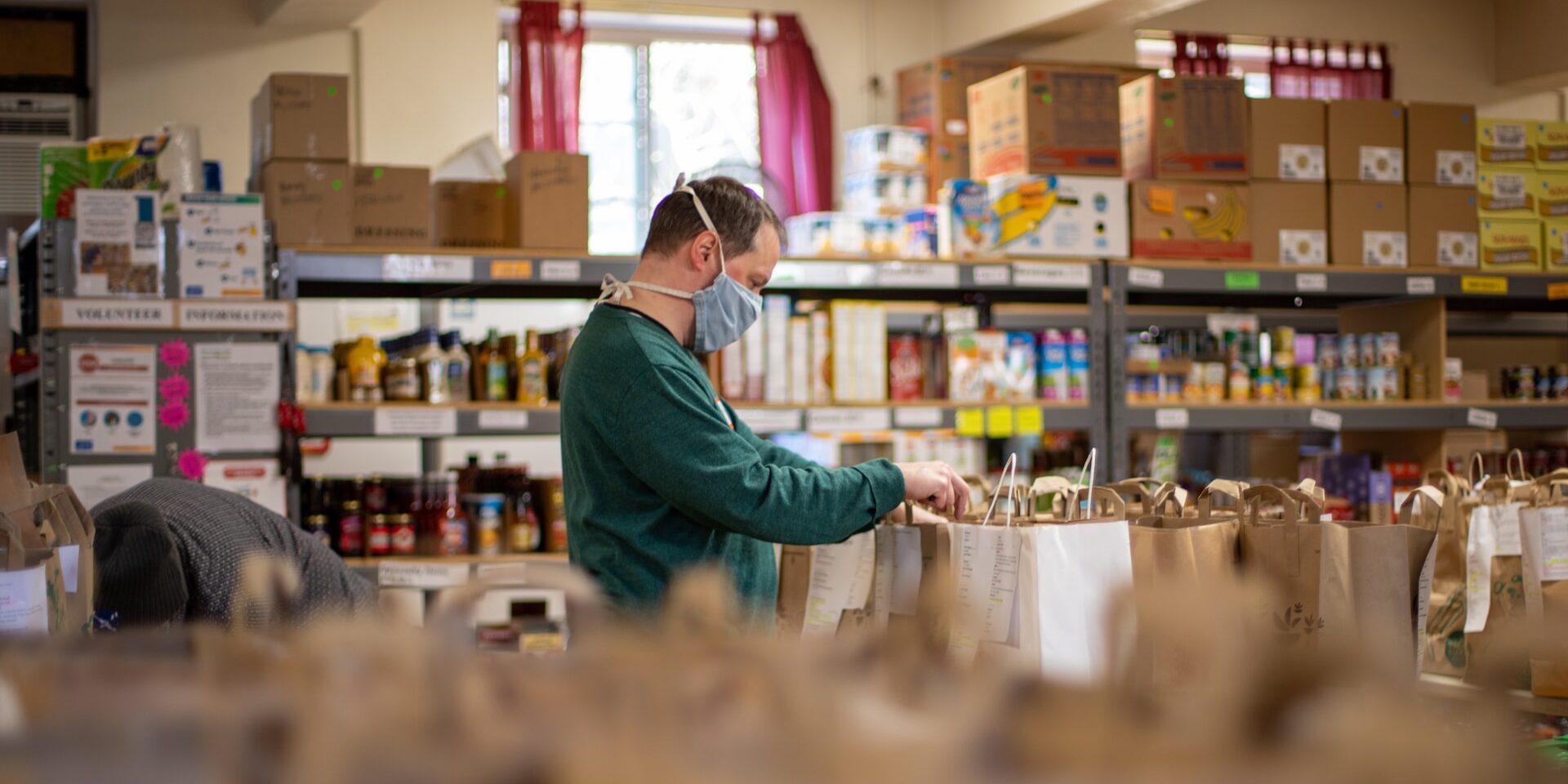Reducing waste in supply chains is vital for operational efficiency, sustainability, and cost savings. Approaches such as lean manufacturing, inventory optimization, reverse logistics, packaging optimization, and collaboration with suppliers are effective strategies to achieve waste reduction goals. By implementing waste reduction practices, businesses can lower costs, enhance sustainability credentials, minimize environmental impact, and meet the increasing consumer demand for responsible supply chains. Embracing a waste reduction mindset is a win-win approach that benefits both businesses and the planet.
Lean Manufacturing and Just-in-Time (JIT) Principles
Lean manufacturing principles, including just-in-time (JIT) production, aim to minimize waste by optimizing processes and eliminating non-value-added activities. JIT emphasizes producing and delivering goods precisely when needed, reducing excess inventory, and minimizing storage costs.
A study by the National Institute of Standards and Technology (NIST) estimates that U.S. manufacturers waste between 30% and 50% of their total production capacity due to inefficiencies. By implementing lean practices and JIT principles, businesses can reduce waste, improve productivity, and enhance profitability.
Inventory Optimization and Demand Forecasting
Efficient inventory management is crucial for waste reduction. Excess inventory ties up capital, increases storage costs, and can lead to product obsolescence. Optimizing inventory levels through accurate demand forecasting and data-driven analysis helps businesses strike a balance between supply and demand.
According to a report by McKinsey, companies that adopt advanced analytics for demand forecasting can reduce inventory carrying costs by up to 15%. By aligning supply with demand, businesses can reduce waste, improve cash flow, and enhance supply chain efficiency.
Reverse Logistics and Circular Economy Practices
Reverse logistics involves managing the flow of products from the end-consumer back to the point of origin for repair, recycling, or disposal. Embracing reverse logistics and circular economy practices allows businesses to recover value from returned products, reduce waste generation, and minimize environmental impact.
The Ellen MacArthur Foundation estimates that circular economy practices could deliver annual savings of $630 billion for consumer goods companies alone by 2030. By integrating reverse logistics into their supply chains, businesses can reduce waste, extend product lifecycles, and create new revenue streams from recovered materials.
Packaging Optimization and Sustainable
Materials
Packaging plays a significant role in supply chain waste. Excessive packaging, non-recyclable materials, and inefficient design contribute to waste generation and environmental pollution. Optimizing packaging and embracing sustainable materials can significantly reduce waste and enhance sustainability credentials.
The Sustainable Packaging Coalition estimates that 75% of consumers are influenced by sustainable packaging when making purchasing decisions. By adopting eco-friendly packaging solutions, such as recyclable materials and lightweight designs, businesses can reduce waste, lower transportation costs, and meet consumer expectations for sustainability.
Collaboration and Supplier Engagement
Collaboration and engagement with suppliers are crucial for waste reduction in supply chains. Establishing open lines of communication, setting waste reduction goals, and fostering continuous improvement can drive innovation and enhance supply chain sustainability.
According to a study by CDP, businesses that engage their suppliers on sustainability initiatives achieve cost savings of up to $19.3 billion. By working closely with suppliers, businesses can jointly identify waste reduction opportunities, share best practices, and drive positive environmental and social outcomes.







